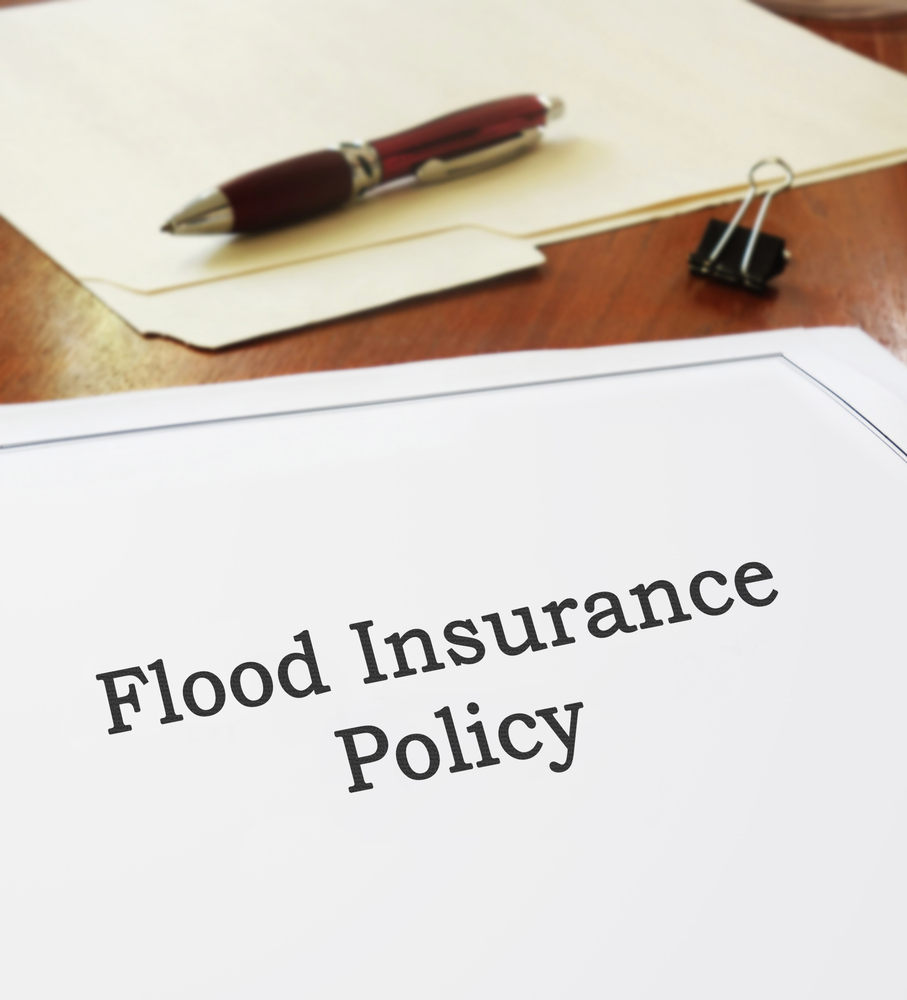Flood Insurance Rates Could Rocket to New Highs

According to a new report from research group First Street Foundation, hundreds of thousands of homeowners all across the U.S. would have to pay considerably more in flood insurance rates if the premiums accurately reflected the risk of the home instead of being federally subsidized.
The report was issued as the Federal Emergency Management Agency (FEMA) is currently working to revise premiums for the National Flood Insurance Program which have been subsidized for years. FEMA has warned that the new premiums will be more in line with real-life costs of insuring the actual property. According to the First Street data, rates should jump up to five times more than current rates.
First Street is a nonprofit research and technology group that is mapping flood risks across the United States. They have identified 4.3 million residential properties as having substantial flood risk that could result in both damage to the homes as well as financial losses.
FEMA Rates Not Accurate
Under the current FEMA rules, flood insurance rates are based on whether the home falls into a designated Special Flood Hazard Area (SFHA). In these area’s, flood insurance is required if the homeowner has a federally backed mortgage on the property. However, the current FEMA flood insurance rates do not consider the home’s value, estimated cost of damages in the event of a flood and other factors, said Matthew Eby, founder and executive director of First Street in a recent Weather.com article.
This means that a flood insurance policy for a $250,000 home could cost the same as a flood policy for a $1,000,000 home. “The rates are really low for some properties that have substantial risk,” Eby said in the Weather.com article. “And the reason for that is because FEMA does a zone-based approach to flood risk.”
The First Street report calculated annual estimated losses over a 30-year-period in order to figure out what homeowners should actually be paying for flood insurance. First Street has identified roughly 2.7 million properties that fall outside of a SFHA that are a risk. According to the report, First Street estimates that flood insurance costs to cover these homes would need to increase by 5.2 times to accurately reflect flood risks. This would take the average flood insurance premium to $2,484 a year.
Homes located inside of a SFHA would see premium increases of 4.2 times which would lead to an average premium of $7,895 a year. When other factors are considered, the costs could go up even more. The report warns that as climate changes makes flooding more likely those costs could go even higher. First Street reports that the total expected loss from flooding this year is $20 billion but that will skyrocket to $32.2 billion in 30 years.
Flood insurance rates are expected to go up on October 1st according to FEMA. However, FEMA has said that homeowners should not assume that rates will reflect the First Street estimates. The NFIP is calling their new rate structure Risk Rating 2.0.
“Any entity claiming that they can provide insight or comparison to the Risk Rating 2.0 initiative, including premium amounts, is misinformed and setting public expectations that are not based in fact,” David I. Maurstad, who runs the flood insurance program for FEMA, said in a statement, according to the New York Times.
According to First Street data, the NFIP is operating under a loss of more than $36 billion. This is mainly due to premiums not accurately reflecting the risk presented by properties. While Congress has tried in the past to pass legislation that would make flood insurance rates more accurately reflect the risk of a property, reform has not managed to pass.
